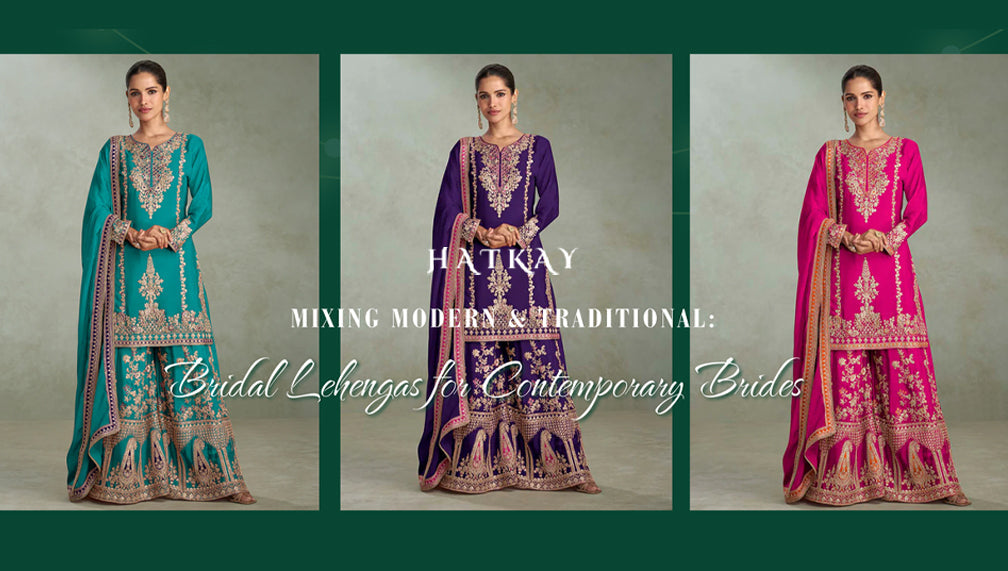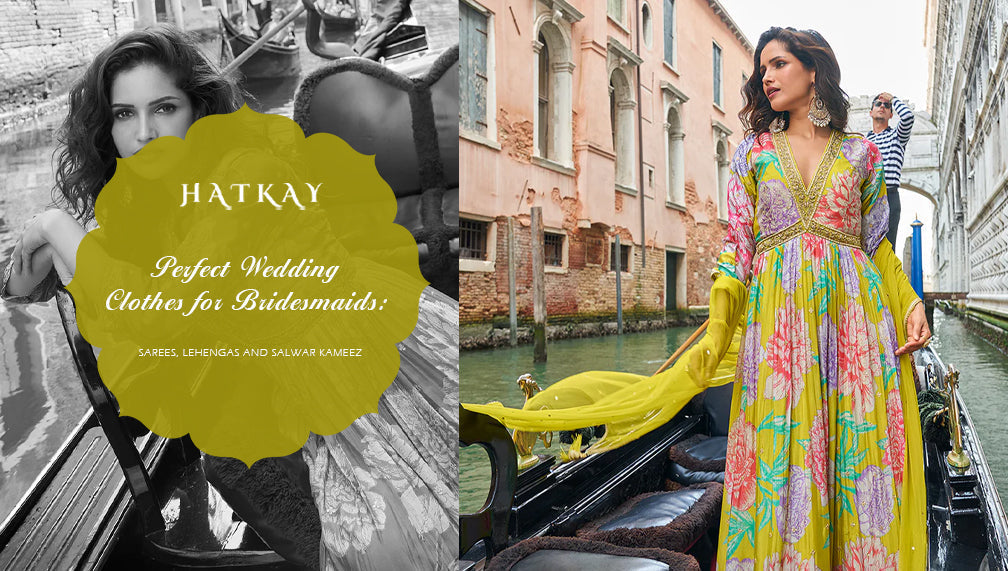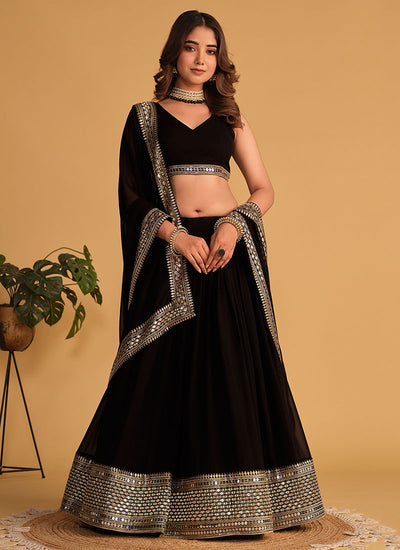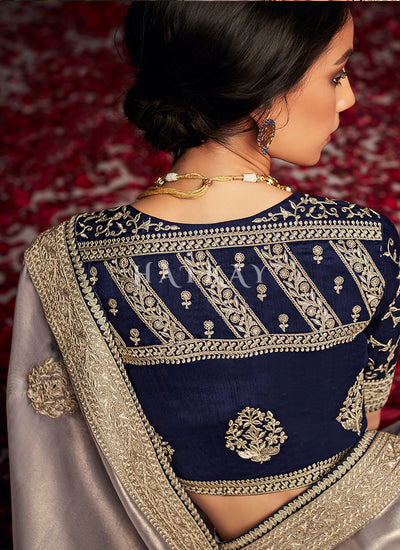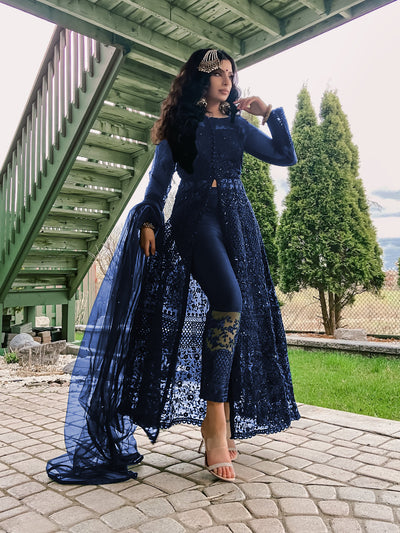
The Timeless Elegance of Indian Sarees: A Fashion Must-Have!
Indian sarees are known for their timeless elegance and have been a fashion must-have for generations. These beautiful garments have been around for thousands of years and continue to be popular among women of all ages and backgrounds. In this article, we will explore the beauty and significance of Indian sarees, their history, and how they have evolved over time.
The beauty of Indian sarees lies in their exquisite designs, intricate embroidery, and vibrant colors. These garments are made from a variety of fabrics, including silk, cotton, and chiffon, and are available in a wide range of styles, from simple and understated to ornate and heavily embellished. Each saree is a work of art, with unique patterns and designs that reflect the culture and traditions of different regions of India.
One of the most interesting aspects of Indian sarees is their history. These garments have been worn by women in India for thousands of years and have evolved over time to reflect changing trends and styles. The earliest known references to sarees date back to the Indus Valley Civilization, which existed around 2800 BC. At that time, women wore a draped garment that covered their body and left their arms and legs exposed. Over time, this garment evolved into the saree that we know today.

In ancient times, sarees were made from simple cotton or silk fabric and were typically worn by women of all social classes. However, over time, different regions of India developed their own styles of sarees, each with their own unique patterns, designs, and weaving techniques. For example, the Banarasi saree from Varanasi is known for its intricate brocade work, while the Kanchipuram saree from Tamil Nadu is known for its bold and bright colors.
Sarees also hold a special place in Indian culture and tradition. They are worn for a wide range of occasions, including weddings, festivals, and religious ceremonies. In fact, sarees are often passed down from generation to generation as family heirlooms, making them a symbol of family heritage and tradition.
One of the most important aspects of wearing a saree is the art of draping. Each saree is draped in a unique way, with different styles depending on the occasion and the region. The most common style of draping is the Nivi drape, which involves tucking one end of the saree into the waistband of a petticoat and draping the remaining fabric over the shoulder. However, there are many other styles of draping, each with their own unique look and feel.

In recent years, Indian sarees have become increasingly popular outside of India, with many women around the world embracing this beautiful garment. In fact, sarees have become a popular choice for red carpet events and high-profile fashion shows, with many celebrities and fashion icons choosing to wear them to make a bold and elegant statement.
Despite their popularity and beauty, Indian sarees are not without controversy. In recent years, there has been debate over the appropriate way to wear a saree, with some arguing that non-Indian women should not wear them due to cultural appropriation. Others argue that sarees are a symbol of Indian culture and should be embraced by anyone who appreciates their beauty and significance.
Regardless of this debate, one thing is clear: Indian sarees are a true fashion must-have, with their timeless elegance and rich cultural history making them a beloved garment for women around the world. Whether you're wearing a simple cotton saree for a casual event or a heavily embellished silk saree for a formal occasion, there is no denying the beauty and significance of this iconic garment.























































